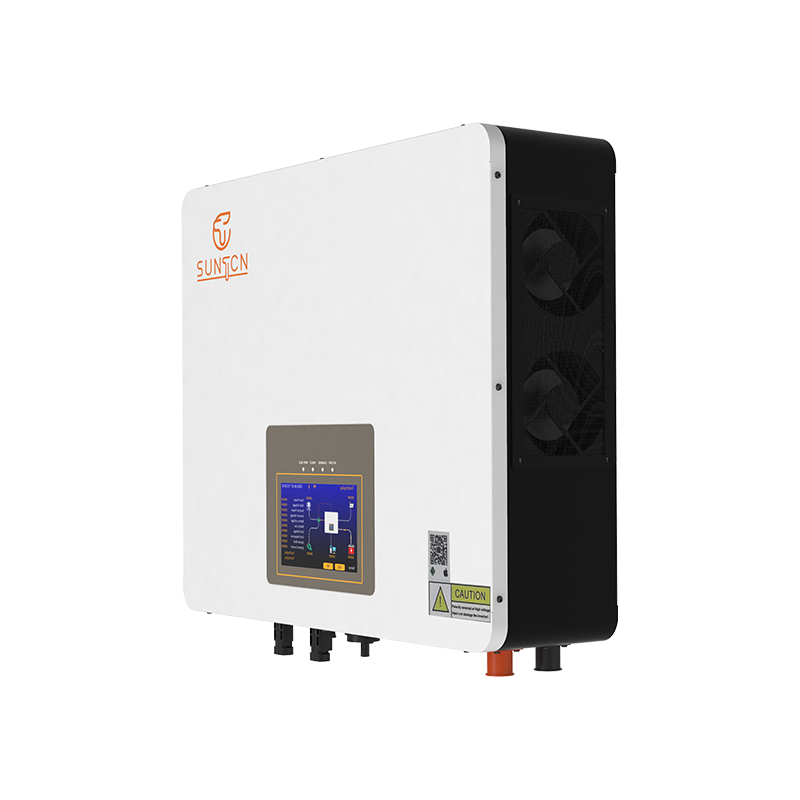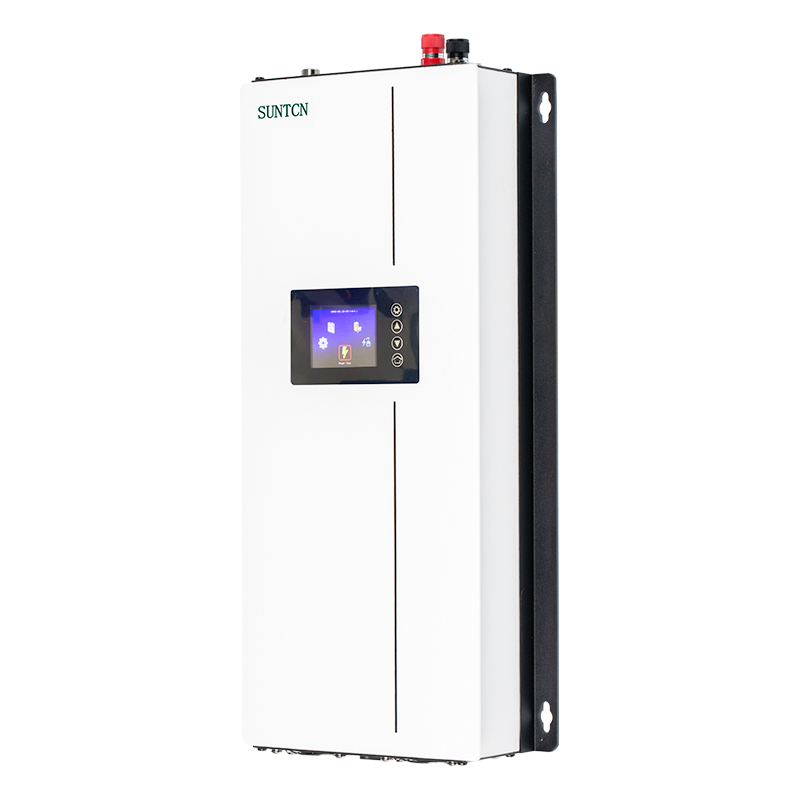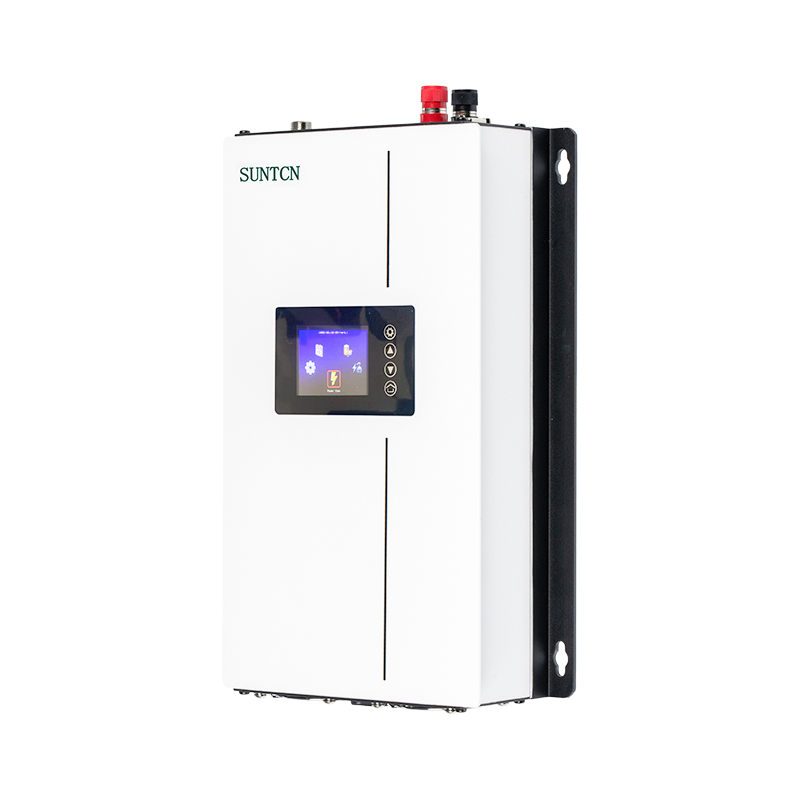As renewable energy gains momentum globally, grid tie inverters have emerged as a crucial technology in solar power systems. These inverters enable homeowners, businesses, and industries to harness solar energy efficiently while staying connected to the utility grid.
Grid tie inverter (GTI) is a specialized device that converts the direct current (DC) electricity generated by solar panels into alternating current (AC) electricity, which is used by most household and commercial appliances. Unlike standalone inverters, grid tie inverters synchronize with the local utility grid, ensuring seamless integration between solar energy and the grid supply.
The key characteristic of a Grid tie inverter is its ability to send excess electricity back to the grid, a process often incentivized through net metering programs. This feature allows users to reduce their electricity bills and contribute to a greener energy grid.
The grid tie inverter functions as the bridge between solar panels and the utility grid. Its operation can be summarized in three main steps:
Solar panels generate DC electricity, which is unsuitable for most home appliances. The GTI converts this DC power into AC power, matching the voltage and frequency requirements of the grid.The inverter continuously monitors the grid’s voltage and frequency to ensure perfect synchronization. This prevents power mismatches that could disrupt the grid or damage appliances.
When the solar system produces more energy than needed, the GTI channels the excess electricity to the grid. In areas with net metering, this surplus is credited to the user's electricity account.
Grid tie inverters maximize energy utilization by feeding surplus power back into the grid instead of wasting it. This enhances the overall efficiency of solar power systems.By reducing reliance on the grid and earning credits for excess energy, users can significantly lower their electricity bills over time.
GTIs ensure a smooth transition between solar energy and grid power, maintaining a consistent energy supply even during fluctuating solar production.
Unlike off-grid systems, GTIs eliminate the need for costly and maintenance-intensive battery storage, relying instead on the grid as a virtual energy reserve.
By promoting the use of solar energy and reducing fossil fuel dependency, grid tie inverters play a vital role in reducing carbon emissions.

Homeowners use GTIs to power their houses with solar energy while staying connected to the grid for nighttime or cloudy-day power needs.
Businesses leverage GTIs to offset operational costs by utilizing solar energy and contributing surplus power to the grid.
Large-scale solar projects employ grid tie inverters to feed massive amounts of renewable energy directly into the grid.
GTIs are integral to microgrid setups, allowing localized renewable energy generation and consumption while maintaining grid connectivity.
A grid tie inverter relies on a functioning utility grid. During grid outages, the inverter shuts down to prevent back-feeding, which can endanger repair crews.While GTIs are cost-effective in the long term, their upfront costs can be a barrier for some users.
Without a battery backup, grid tie systems cannot store energy, which means they depend on grid availability for continuous power.
Modern GTIs are equipped with advanced features like remote monitoring, energy optimization, and AI-driven analytics for enhanced performance.Hybrid inverters combine the functionalities of grid tie and battery inverters, enabling energy storage for backup power during outages.
Innovations in inverter technology, such as maximum power point tracking (MPPT), ensure optimal energy conversion even in varying sunlight conditions.
Grid tie inverters are becoming more compatible with smart grids, allowing dynamic energy management and better integration of renewable energy sources.
The demand for grid tie inverters is poised to grow as solar energy adoption accelerates. Governments worldwide are encouraging renewable energy deployment through subsidies, tax incentives, and net metering policies, making GTIs an essential component of solar systems. Furthermore, advancements in grid infrastructure and inverter technology will enhance the capabilities and accessibility of GTIs.

 English
English Español
Español Deutsch
Deutsch










